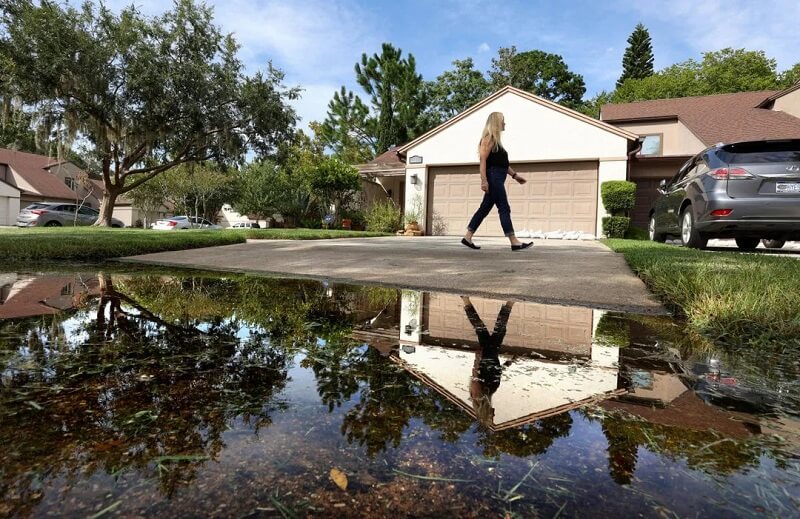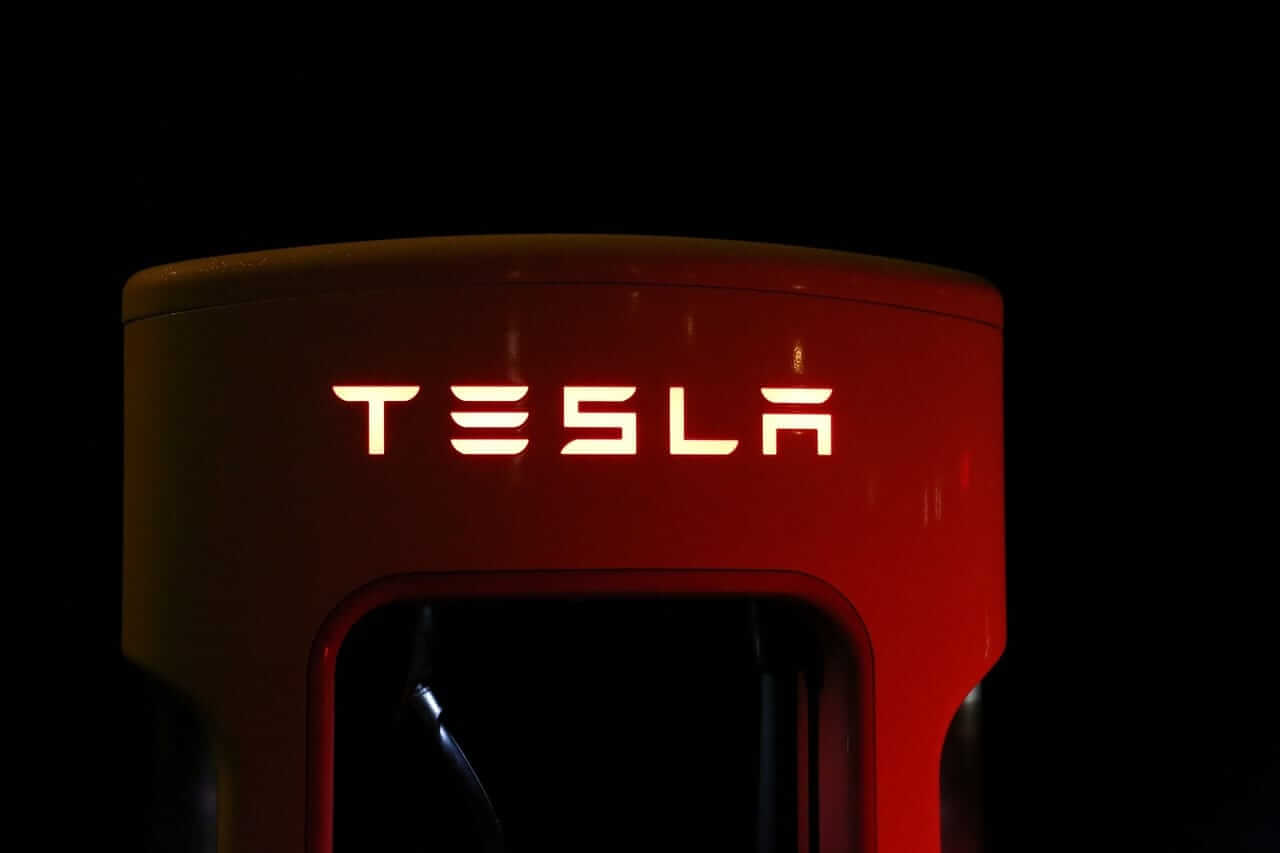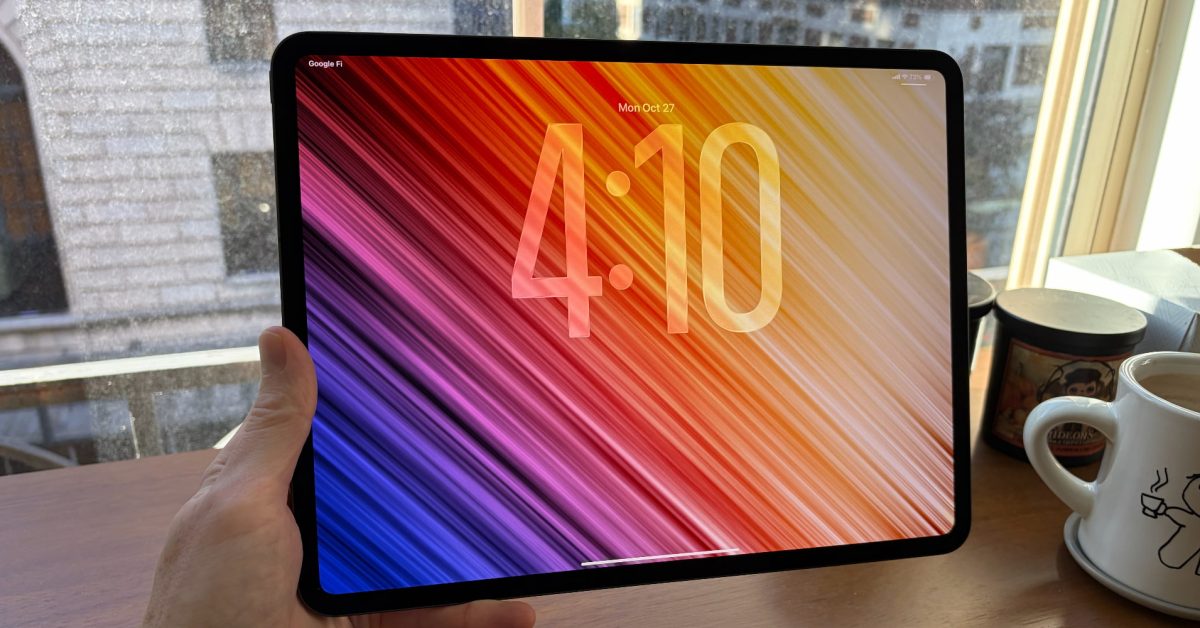Electric vehicle (EV) stocks have been a major focus for investors in recent years, and none spark more debate than Tesla (TSLA). Once the clear leader of the EV revolution, Tesla is now facing tougher competition, slimmer margins, and higher costs, even as its sales hit new records.
During its Q3 2025 earnings call, CEO Elon Musk said Tesla is at a “critical inflection point” as the company shifts its focus from electric cars to real-world artificial intelligence (AI), autonomy, and robotics. Tesla’s vision is bold, turning every car into a platform for self-driving and future robotaxi services, but the path ahead is uncertain. While revenue jumped to record highs, profits dropped sharply, worrying some investors.
For shareholders, the big question now is clear: should they stay patient and trust Musk’s long-term AI-driven plan or cash in before the road gets bumpier? Let’s find out.
About Tesla Stock
Founded in 2003, Tesla is a high-stakes innovator that builds electric cars, batteries, and energy software while pushing into autonomy and robotics. Its blend of daring vision and manufacturing scale has made it part automaker, part AI platform, and part software house. Today, Tesla boasts a market capitalization of around $1.44 trillion.
Following its Q3 earnings release, Tesla stock initially fell about 4% at the open but recovered to close down roughly 2%, as investors digested record revenue and deliveries alongside margin pressure and softer profits. Year-to-date (YTD), TSLA remains up around 13% and has surged about 61% over the past six months, rebounding from the tariff-driven selloff in April.
In terms of valuation, TSLA trades at nosebleed levels that worry almost every investor. For instance, its price-to-earnings (P/E) of 263 is considerably higher than the sector median of 18, which implies the stock is quite expensive compared to its peers.
Tesla Beats Q3 Revenue, Misses Bottom Line Estimate
Tesla beat revenue estimates but missed on earnings in Q3 2025. The company posted record revenue of about $28.1 billion, up 12% year-over-year (YoY), driven by a surge in deliveries as U.S. buyers rushed to take advantage of expiring EV tax credits. However, profits came under pressure, with net income down 37% to $1.37 billion and EPS falling to $0.39, below Wall Street’s expectations.
Tesla’s automotive division remained its core growth engine, delivering a record 497,099 vehicles in the quarter, up 7.4% from last year. The company also introduced lower-cost variants of the Model 3 and Y to attract price-sensitive buyers, boosting sales volumes. Energy storage deployments surged 81% YoY, marking a new quarterly record.
Despite record revenue, higher costs and one-time factors weighed on margins. Gross margins came in at around 18%, down from 19.8% a year earlier, while operating expenses jumped 50% due to heavy spending on R&D, AI development, and stock-based compensation. This pushed operating margins down to 5.8% from 10.8% last year. Tariffs and lower regulatory credit revenues also reduced profitability.
On a positive note, free cash flow rose to nearly $4.8 billion, and cash on hand reached a record $41.6 billion, giving Tesla financial flexibility for future investments. CEO Elon Musk said the company could double annual production to about 3 million vehicles within two years if suppliers keep pace.
Pivot to Autonomy and AI
Elon Musk steered the discussion toward Tesla’s long-term transformation, declaring the company is at a “critical inflection point” on its journey to full autonomy. He said Tesla’s Full Self-Driving (FSD) and robotaxi platforms will “fundamentally change the nature of transport” and reinforce its leadership in real-world AI. Musk reiterated his belief that Tesla can achieve unsupervised autonomy “at a safety level far greater than a human,” adding that millions of Teslas on the road could one day be upgraded to full autonomy through a simple software update.
Concrete progress is being made. Tesla has launched FSD version 14, integrating data from its limited robotaxi fleet. The company is expanding its autonomous pilot program in Austin, expected to run without safety drivers by year-end, and plans to start paid robotaxi services in eight to ten major U.S. metro areas, including Nevada, Florida, and Arizona. Tesla has logged over 6 billion miles of FSD data, with roughly 12% of eligible vehicles subscribed to the feature, a figure Musk expects to climb as performance improves.
Tesla also highlighted its AI hardware roadmap, securing a $16.5 billion chip deal with Samsung (SMSN.L.EB) while maintaining ties with TSMC (TSM) for next-generation AI5 self-driving chips. Musk said the goal is to create an “oversupply” for use in Tesla data centers and energy products. Meanwhile, its humanoid robot Optimus is advancing rapidly, with a V3 prototype targeted for early 2026 and production lines designed for up to 1 million units.
What Do Analysts Say about TSLA Stock?
After Tesla recorded mixed results in the third quarter, analysts on Wall Street are split over the stock’s prospects. Many individuals are still hopeful regarding Tesla’s long-term story, citing the corporation’s dominance in physical AI, robotaxis, and humanoid robots.
Mizuho Vijay Rakesh reiterated an “Outperform” rating and increased his price target to $485, up by $450, because of the high level of growth in energy storage and record deliveries. Cantor Fitzgerald also maintained its outperform rating and raised its target to $510.
In line, Baird, Wedbush, and others maintained targets of over $500 because they thought Tesla would be able to make money during the next three to five years with the help of its inflection point strategy.
Nevertheless, a number of analysts are still not very optimistic in the short run. Gene Munster, of Deepwater, described the Q3 report as an ordinary one; safety issues or low deliveries would burden it.
According to Barchart data, TSLA stock has a “Hold” consensus with 14 “Strong Buys,” two “Moderate Buys,” 17 “Holds,” and nine “Strong Sells.” The average 12-month price target of $376 indicates that the share price can be exposed to a 17% downside.
In my opinion, Tesla is really at a crossroads. Its Q3 report confirmed that the core EV business can still grow under favorable conditions but also underscored how slim the margins have become. Meanwhile, Musk’s “critical inflection” narrative sets sky-high expectations. Investors must balance faith in Musk’s track record and Tesla’s innovation edge against the reality of rising costs and tough market conditions.
On the date of publication, Nauman Khan did not have (either directly or indirectly) positions in any of the securities mentioned in this article. All information and data in this article is solely for informational purposes. For more information please view the Barchart Disclosure Policy here.
First Appeared on
Source link













